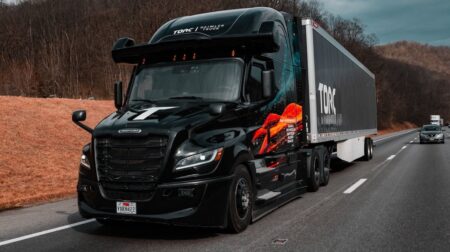Highways England will use unmanned aerial vehicles (UAVs) for extensive surveys as it works to deliver the A66 Northern Trans-Pennine bypass.
To help it shape the final designs for the dual carriageway between the M6 in Cumbria and the A1(M) in North Yorkshire, the project will combine UAV aerial surveys with ground works.
Matt Townsend, head of development for the project, said: “Dualling the rest of the A66 will be one of the biggest single construction projects ever delivered in the North.
“The drone surveys, alongside more traditional methods, will help us fully understand the varied construction environment along the 50-mile route and allow us to provide robust designs as we head into the final public consultation and planning application process later this year.
“We’re taking a similar approach to communications – mixing traditional and more modern channels.”
Specialist ground investigations began in February with topographical work now taking place, this will help provide 3D modelling before the new bypasses and other dual carriageway sections of the route can be built.
The topographical surveys will be supplemented with measurements from the UAVs and vehicles mapping the land from the road.
According to the project, the UAV surveys will use the latest in surveying technology with integrated GPS to reference to the National Grid.
Townsend added: “Using mobile mapping from vans and from the drones will allow us to build up a richer, more accurate picture of the landscape for our designs.
“The drones give us a freedom and range which is hard to achieve from the ground and allow us access to land without disturbing anyone.
“The ground investigations and landscape mapping are vitally important as we head towards a final public consultation on the options and submitting our application to the Planning Inspectorate which, subject to the outcome, will allow us to start construction in 2024.”








